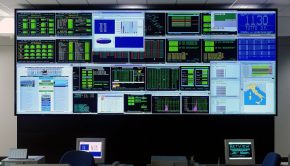Tackling Poor Cellular Networks – Causes and Remedies
Introduction
Wireless networks have been around with us for quite some time now. They have got better with each passing generation, offering greater internet speeds and less dropped calls. It is an always evolving piece of technology which needs to cope with the needs of its ever expanding user base.
Now although the above statement is true to the last word, the same cannot be said for the actual accessibility or distribution of the network, particularly inside massive buildings, basements, or deeply packed urban areas. The problem is that wireless networks tend to degrade as it hits more and more obstacles or if the distance of the tower/source of network distribution is further away. However that’s not all and there are more factors at play here.
Causes of weak cell phone networks
As mentioned earlier there is a considerable number of variables here at play and signal deterioration can be caused from any one or a combination of the following:
- General Interference: Perhaps the most common cause of network disruptions has to be attributed to our urban environment. Network signals in general deteriorate or fail to pass through altogether with it hits certain surfaces like glass, concrete and metals. Most of which are very commonly found in modern buildings. The end result being, that the distributed signals slowly diminish and get absorbed by such surfaces, leaving a weaker network signal.
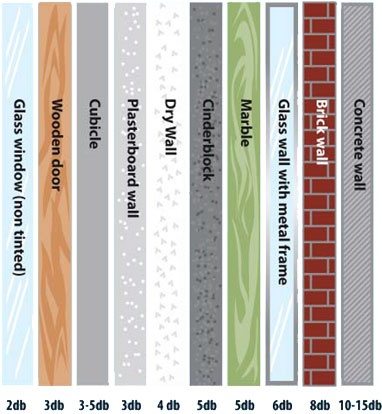
- Weather: Due to advancement in technologies, this issue has seen some resolve to an extent. However, the fact remains that cell phone signals are nothing but Electromagnetic VHF waves, which is heavily influenced by the surrounding weather. This effect is called Propagation Delay Effect where the signals transmitted by the network tower is refracted and reflected in a lot of directions before eventually making it to the receiver in our cell phones. This in turn weakens the end signal, resulting in slower internet speeds and dropped calls. Rains and high humidity are considered to be prime causes for this phenomenon but unless the network isn’t configured properly or the tower is too far away, this issue shouldn’t occur for the most part as current generation cell phone frequencies has the ability to penetrate such interferences.
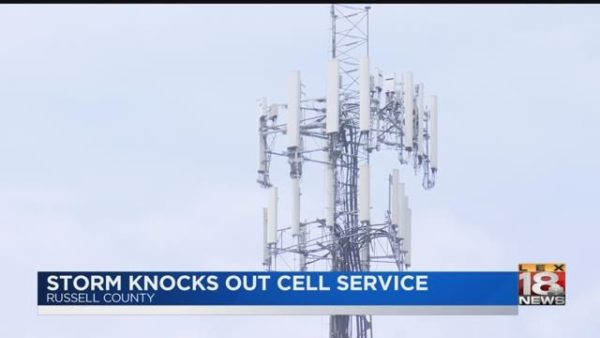
- Congestion: As it stands, the user base that spend time on the internet has grown considerably ever since network technologies has gotten faster and candy bar phones got replaced by smartphones. Since internet constitutes a huge chunk of the overall available network bandwidth in most areas, it is only natural to assume that your slow network signal could be the cause of too many users on an available network.
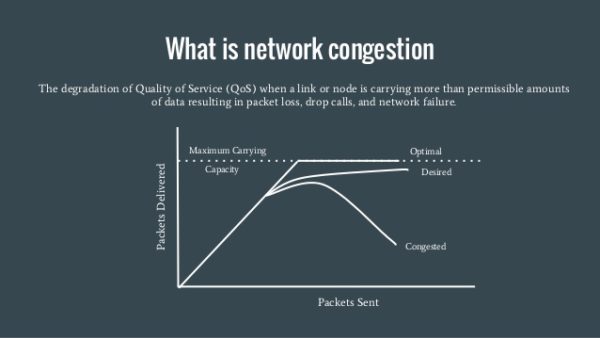
- Cross Signals: Since we’re on the subject of internet, we might as well discuss cross signals, which is another great killer of cellular networks. The modern building is festooned with an array of wireless signals such as Bluetooth, NFC & Wi-Fi. Having the presence of other types of signals will definitely cause degradation for cellular networks because of signals constantly having to fight for airspace. Making matters worse, this coincides with the urban environment which already constitutes a number of network degradation elements. So it’s no wonder why we cannot get a decent signal inside busy establishments like shopping malls and places with tall buildings.

Possible workarounds to boost signals
Let’s get one thing clear right off the bat, there is no current universal solution for this persistent issue at the moment. But that’s not to say that the effects cannot be minimised to an extent. However if you are physically too far away from the signal tower or if the surroundings are protected against such radio waves, then rest assured the solutions below won’t be of any help.
With that out of the way, here are a few possible solutions to mitigate the issue of bad reception.
- Switch to a carrier that supports VoLTE: This might seem a little drastic at first but carriers that support Voice over Long Term Evolution (VoLTE) can offer directly integrate HD voice technology into the call stream which reduces unnecessary artifacts and background noise from the call. So in most cases, even with a fairly weak signal you should be able to make a call without drops. Plus data over HD voice is often compressed, meaning that your voice audio uses less data and can easily work with lower bandwidth or frequencies.
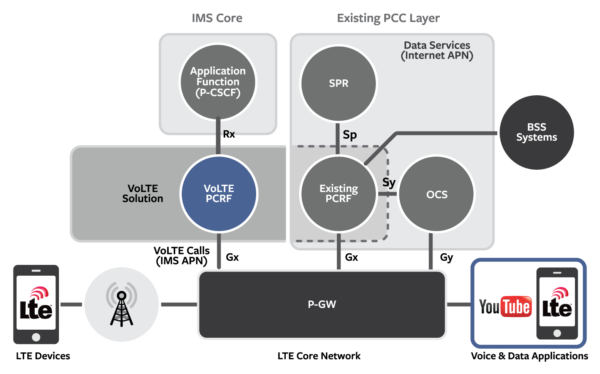
- Use a local signal booster: If step 1 didn’t do much for you then you are physically not receiving signals in your direct vicinity. The only solution here is to install an FCC approved signal booster in the premises. Signal boosters basically work by amplifying weak network frequencies, much like a repeater and then re-broadcasting the amplified frequencies in the direct vicinity. They are they can be cheap or expensive, depending on how much amplification you require for the premises but what they have in common is that they are carrier independent and can work with multiple frequencies all at once. There are a few things to note before installing a signal amplifier though:
- Ascertain whether your indoor signal is weak or your outdoor signal. This is important because the signal boosters come in different specifications for outdoors and indoors and so performance might vary if not thoroughly researched.
- Ascertain the distance you need the booster to work. This is pretty self-explanatory as not all signal boosters have the same range and some are geared more towards commercial use than private use.
- Always buy FCC approved signal boosters. This is essential because although these can increase your network frequency, it might be the cause of disruption of the cell phone tower, resulting in less than optimal performance for you as well as your neighbours.
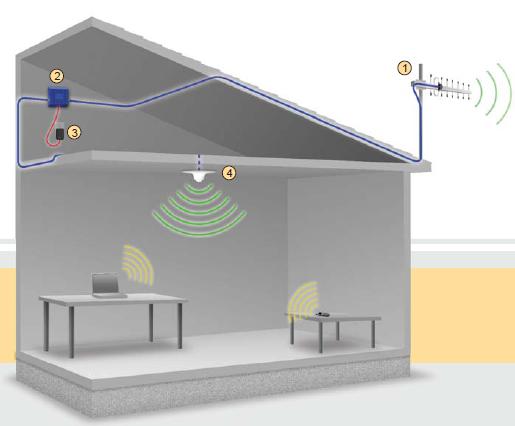
It’s safe to say that a signal booster might solve most (if not all) related issues with dropped calls and slow data. However don’t take it for granted because sometime the issue might lie within the carrier tower itself. - Use Wi-Fi calling whenever feasible: Cellular networks are now fast enough that calling over internet is now possible without causing a disruption in the overall network. Not only that, the calls over Wi-Fi can also be encrypted so that no unwanted parties can eavesdrop the conversations. And besides, cellular carriers also urge the customer to use Wi-Fi calling because it ultimately reduces the load on pre-existing wireless networks which are already overburdened.
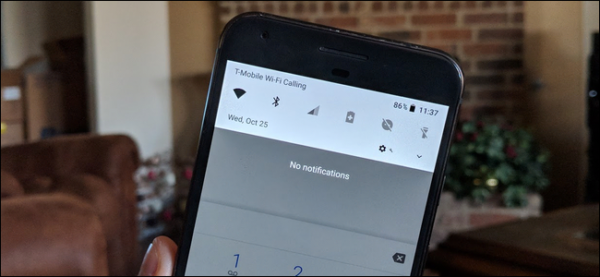
- Clean out clutter: Carrier signals already has to deal with a lot of abuse before they can reach your phone and the last thing you need is you jeopardising that. Unfortunately our homes are jam packed with stuff that we don’t normally use or whatever we have isn’t arranged properly. This might not seem like much of an issue but it can actually have varying results. In some cases the cellphone signal can drastically improve if you home is clutter free or whatever you have is properly arranged. This is also a no-cost involved method so you might as well try this before jumping into the other options.
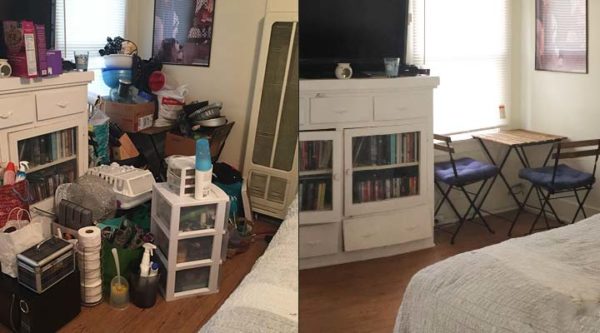
Conclusion
There isn’t really much to discuss and our best hope at finding a permanent solution to this issue is research & development as always. Cellular networks will continue to grow better and faster and someday even reach capabilities for long distance signal transmission. But until then these temporary fixes are the best options at tackling the issue of poor networks. And so with that I conclude this short infographic Hope it was helpful.






